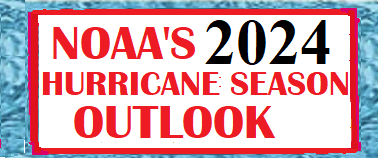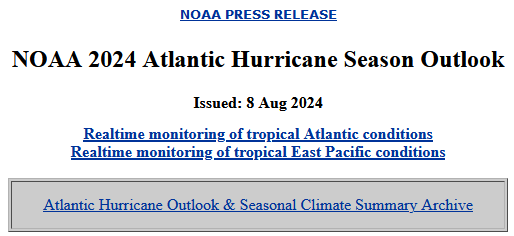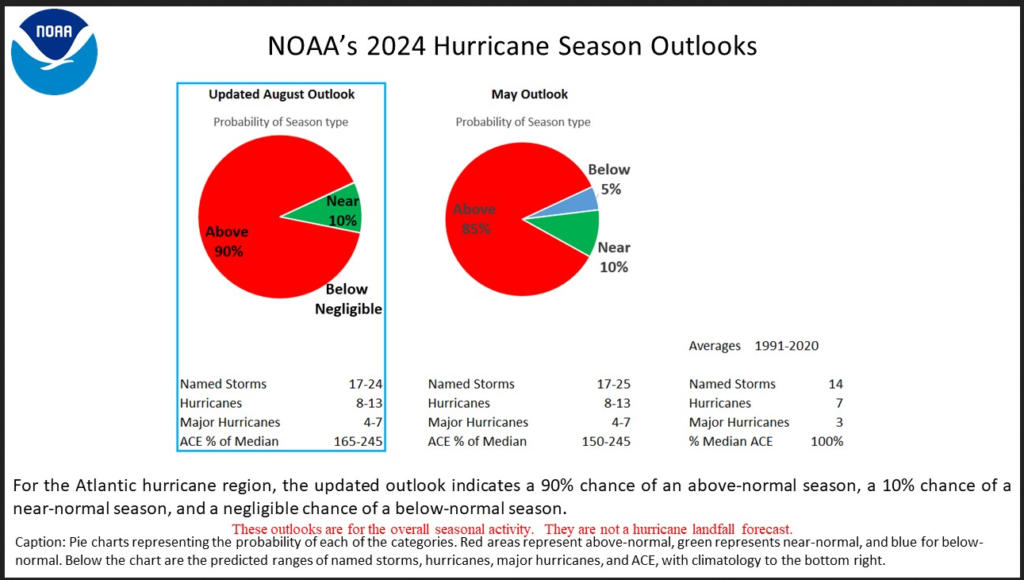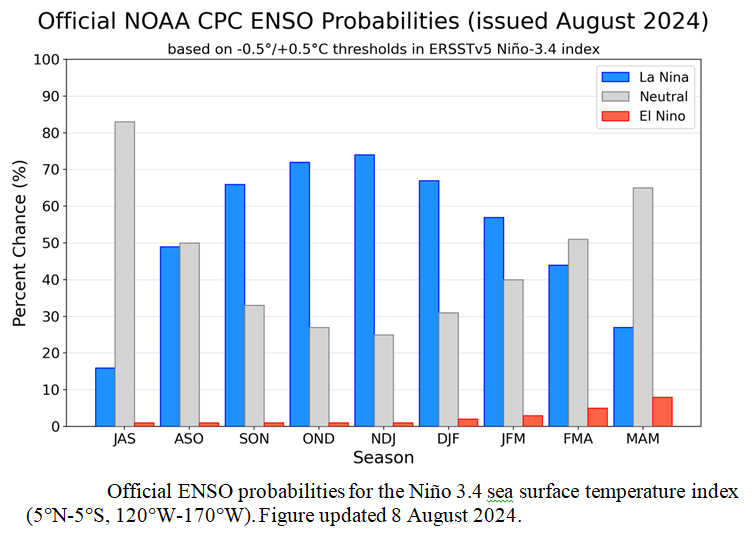Today Through the Fourth Friday (22 to 28 days) Weather Outlook for the U.S. and a Six-Day Forecast for the World: posted August 14, 2024
This article focuses on what we are paying attention to in the next 48 to 72 hours. The article also includes weather maps for longer-term U.S. outlooks and a six-day World weather outlook which can be very useful for travelers.
First the NWS Short Range Forecast. The afternoon NWS text update can be found here after about 4 p.m. New York time but it is unlikely to have changed very much from the morning update. The images in this article automatically update.
Short Range Forecast Discussion
NWS Weather Prediction Center College Park MD
Wed Aug 14 2024
Valid 12Z Wed Aug 14 2024 – 12Z Fri Aug 16 2024…Flash flooding and severe weather threat forecast to stretch from the
central/northern Plains to the Midwest over the next few days……Potentially dangerous heat anticipated across the southern Plains,
lower Mississippi Valley, and Gulf Coast…A developing storm system progressing from the central U.S. to the Great
Lakes by the end of the week is expected to spark numerous showers and
thunderstorms that could produce areas of hazardous weather conditions. As
the area of low pressure begins to organize and consolidate over the
northern Plains today, slow-moving thunderstorms may form across parts of
central North Dakota while also containing intense rainfall rates.
Additionally, a gradually lifting warm front extending from the central
Plains to the Ozarks may produce another focus for heavy rainfall through
tonight before the flash flooding threat centers over the mid-Mississippi
and lower Ohio valleys on Thursday. Scattered flash flooding will be
possible where the heaviest rainfall occurs, with urban areas and poor
drainage locations most at risk. Severe weather will also remain possible
today and extend into Thursday as developing thunderstorms grow upscale
and potentially contain damaging wind gusts and large hail. The most
likely regions at risk for severe weather include the mid-Missouri Valley
region today and much of Missouri and Illinois on Thursday. A couple of
tornadoes can’t be ruled out as well.Elsewhere, an upper-level low displaced to the east of New England will
aid in scattered thunderstorm activity throughout the region over the next
couple of days. Further south, a cold front progressing over the Florida
Peninsula and lingering near the central Gulf Coast will also produce
areas of scattered summer convection. Be sure to remain weather aware if
spending time outdoors and seek shelter should storms begin to produce
lightning.Heat will remain and major weather story throughout much of the
south-central U.S. through the end of this week and likely beyond.
Widespread highs into the upper 90s and triple digits are forecast to span
from the Southwest to the central Gulf Coast. Elevated humidity levels
will soar heat indices up to around 110 degrees in the southern Plains,
lower Mississippi Valley, and central Gulf Coast. Low temperatures are
anticipated to only drop into the upper 70s and 80s for many locations,
which could break several daily records. This level of heat can affect
anyone without effective cooling and/or adequate hydration. Therefore, it
is imperative to follow proper heat safety and check on vulnerable
individuals.






 >
>


